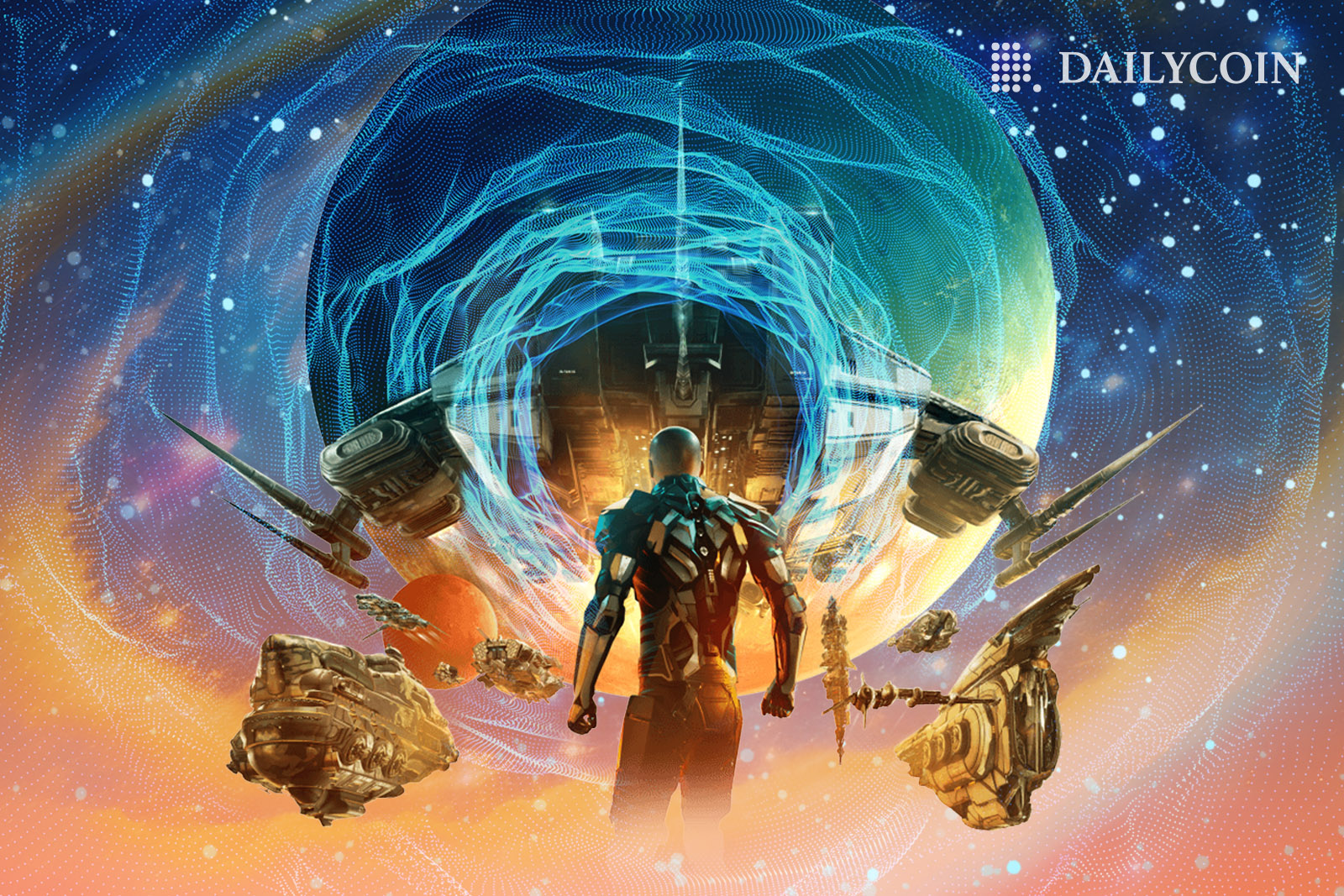Web3 Games’ Broken Promise: Game Over — Or Just Level Two?

Web3 games have long promised players “true ownership” of in-game assets. Players are told they can control their items, tokens, and NFTs forever. But when the game dies, so does the ownership. The problem is not necessarily the rogue teams behind such games. It’s the law.
Once a game allows assets to be exchanged for real money, it’s no longer just entertainment. It becomes a financial service in the eyes of regulators. That essentially changes the rules of the game, says Magnus Söderberg, CEO of Triolith Games, a company specializing in Web3 gaming compliance.
The Ownership Myth Exposed
The mass shutdown of Web3 games in 2025 laid bare the fragility of the play-to-earn (P2E) model and the illusion of digital ownership in blockchain gaming.
According to DappRadar, at least 8% of active Web3 games folded in the second quarter of 2025 as venture capital funding plunged 93% and market saturation deepened.
Once celebrated as the future of gaming, the sector saw major Web3 game titles like Tatsumeeko, Nyan Heroes, Blast Royale, and NBA star Stephen Curry’s Rumble Kong League go dark. Even Ember Sword, an MMORPG that raised over $200 million, abruptly shut down, wiping out the practical value of its tokens and NFTs overnight.
Nyan Heroes’ NYAN token lost about 40% in a single day, with its market cap plummeting 99% from its peak, highlighting a harsh reality: promises of digital ownership were largely an illusion. Players left holding tokens or NFTs discovered that their “assets” only exist while the game is live.
But behind these collapses lies an even bigger issue — the regulatory wall few studios are prepared to climb.
The Regulatory Trap
If a blockchain game truly puts assets on-chain, letting players mint NFTs, trade tokens, and withdraw freely, it’s no longer just a game. It becomes a regulated financial platform, and compliance comes at a steep cost.
When a Web3 gaming platform offers fiat conversions, custodial services, or token-gated transactions, regulators classify it as a financial service provider or Crypto-Asset Service Provider (CASP).
That status triggers strict Anti-Money Laundering (AML) and Know-Your-Customer (KYC) requirements, including identity verification, transaction monitoring, secure asset custody, and audit obligations designed to protect consumers.
In Europe, such platforms fall under MiCA rules; in the U.S., they are governed by FinCEN’s Money Services Business (MSB) framework and state-level money transmission licenses. Meeting these standards can cost millions before a single player even logs in.
“Right now, compliance in Web3 gaming is honestly poor. Very few studios take it seriously, and that’s going to hurt them later,” says Triolith Games CEO Magnus Söderberg.
Söderberg adds that smaller studios will be hit hardest, since most can’t afford legal teams or the multi-million-dollar costs of a full global launch. When regulators start enforcing, “we didn’t know” won’t work.
However, the consequences of running a Web3 game without compliance extend beyond studios. Developers face potential fines or delistings, while players bear the brunt of broken tokenomics, insider allocations, and sudden dumping that undermine trust.
“Stronger compliance could finally reduce that behavior,” Söderberg believes.
The High Cost of Compliance
Building a fully compliant Web3 gaming platform isn’t just complicated. It’s prohibitively expensive.
Between MiCA licensing in Europe, multi-state approvals in the U.S., and regulatory entry costs across Asia and the Middle East, a global operator can easily spend $10–15 million just to get a legal footing, long before funding game development or players ever log in.
For smaller Web3 studios, becoming a multi-jurisdictional financial operator is a massive challenge. Many opt for the simpler route: operating without a CASP license and relying on the natural functionality of Web3.
But Söderberg warns that going unregulated comes at a cost.
“Smaller studios will be hit hardest because most can’t afford legal teams or the multi-million-dollar costs that come with a full global launch. When regulators start enforcing, “we didn’t know” won’t work.”
For developers, the risk may be mostly fines or delistings, but for players, it’s worse: unregulated projects still use broken tokenomics, insider allocations, and dumping patterns that destroy trust. According to Söderberg, stronger compliance could finally curb that behavior.
A Path Forward: Compliance as a Service
But is it possible to balance the weight of regulation with the creativity of gaming? Some experts say yes. A licensed infrastructure could be a solution.
Instead of acting like a bank and handling all financial operations, studios can outsource the legal burden to a third-party compliance provider.
“That means we handle the KYC/AML layer, asset custody, and even the token-economy setup — so developers don’t have to operate like a bank or an exchange,” Söderberg explains.
According to him, the compliance infrastructure provider ensures that a game’s loot systems aren’t lotteries, tokens pass legal checks, and player wallets meet reporting rules.
“This lets teams focus on building great games instead of fighting paperwork,” he said.
The system, he explained, embeds compliance at the smart-contract level, automatically verifying wallets, transaction limits, and regional restrictions before any on-chain action occurs.
The goal is to make regulatory checks invisible to players while ensuring that developers meet legal standards in real time, effectively turning compliance into part of game design rather than an afterthought.
“For players, it’s invisible — gameplay stays fast and fun. For developers, it means every on-chain action already passes legal checks in real time. It’s compliance by design, not after the fact.”
Why This Matters
The collapse of Web3 games shows that digital ownership isn’t real without regulation. As studios struggle with compliance costs, the line between gaming and finance is blurring, and only those that adapt may survive the next wave of Web3.
Source: https://dailycoin.com/web3-games-broken-promise-game-over-or-just-level-two/





